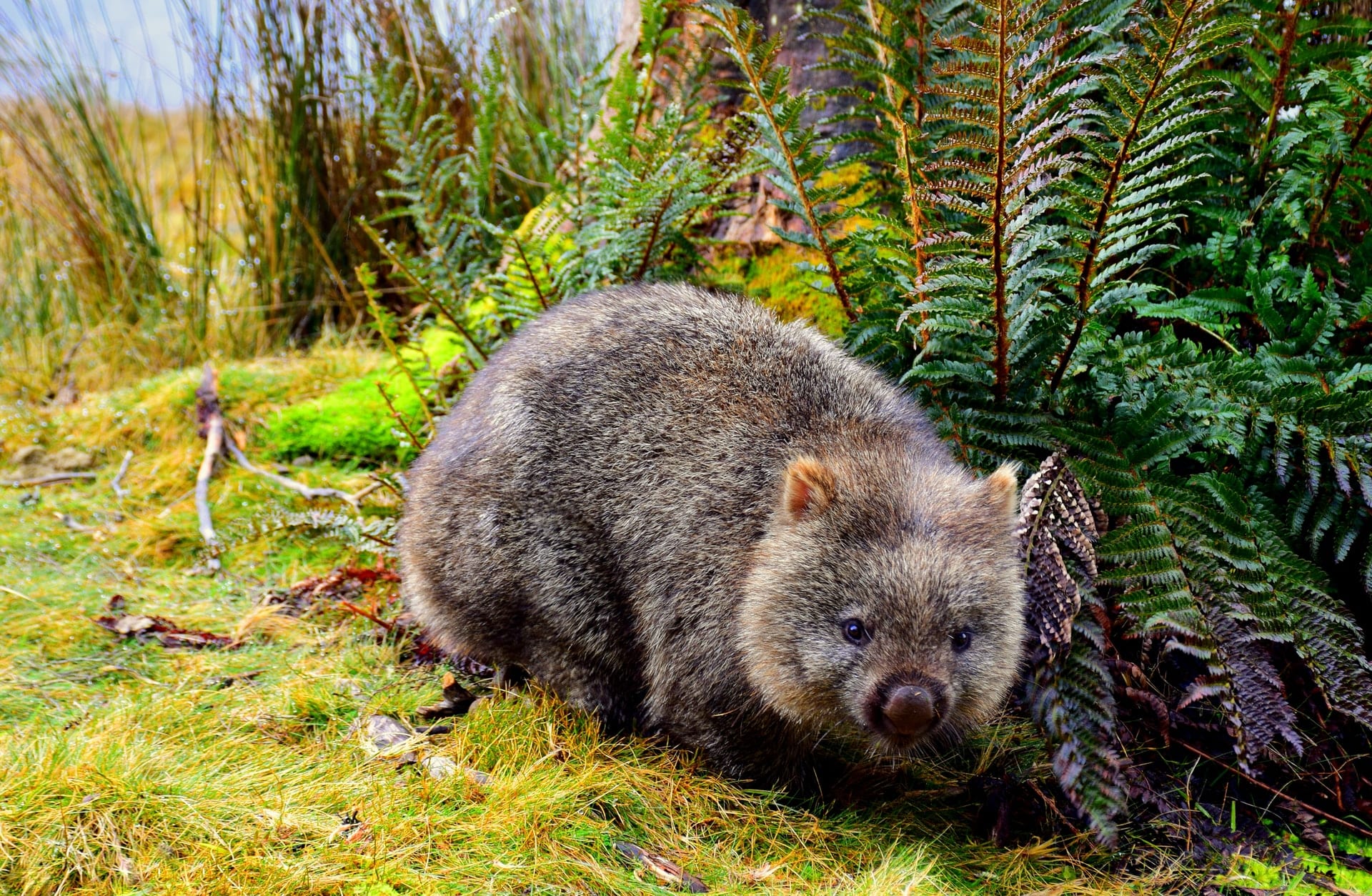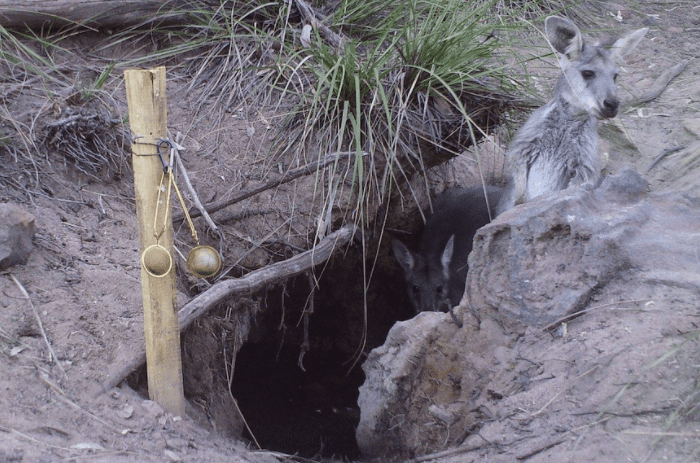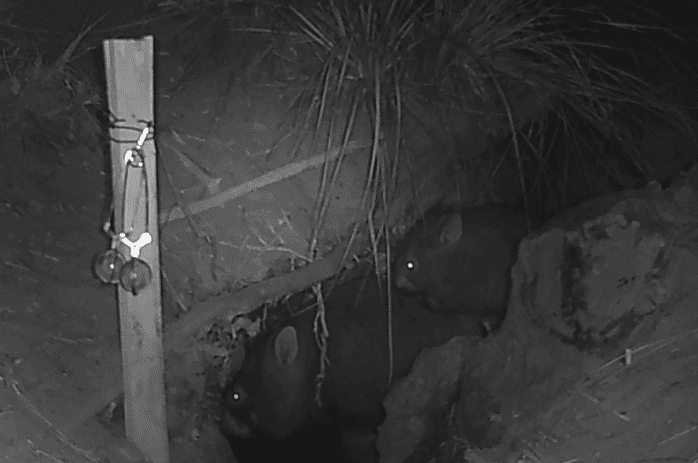Any fan of Outlander can tell you about the value of a good stone circle or megalith.
They are an incredible feat of engineering that evokes imagery of giants and druids and ancient gods and ancient humans overcoming extraordinary limitations (and doing math!) in the service of those gods.
There is something magical about such places, and even more magical when one emerges before our eyes like Atlantis.
View this post on Instagram
The Dolmen of Guadalperal is believed to be about 4,000 years old, built around 2,000 BCE.
Think “Stonehenge’s little sister.”
According to My Modern Met:
The Dolmen of Guadalperal is a collection of 150 large granite stones arranged in a circular structure with what appears to be an entranceway guarded by a menhir (standing stone) carved with snake and cup motifs.
Incredibly, this Spanish structure was first discovered by a German archaeologist named Hugo Obermaier in the 1920s.
In case you were wondering what the difference between a henge and dolmen and a stone circle are, My Modern Met explains:
The term dolmen is typically used to describe an ancient structure where standing stones support a large capstone to create a chamber–a structure often used for early Neolithic tombs.
Whereas a henge is defined as a prehistoric monument consisting of a circle of stone or wooden uprights.
A henge may or may not include the topping capstone, and can be used for many ceremonies and purposes, as opposed to being a burial chamber.
(For extra nerdy readers, a megalith is one single large stone of several composing a henge or dolmen.)
Proving that modern humans are all pretty much alike, the historic structure was not protected for posterity, and in the 1960s, the Spanish government deliberately flooded the area in order to create the Valdecañas Reservoir.
This left the majority of the stones almost entirely submerged, with only a handful of the talest points visible above the water.
View this post on Instagram
Like much of the world, 2019 was a hot dry year for Europe, and Spain found itself in a deep drought.
By the spring of 2021, that drought had persisted enough that even NASA satellites could see the waters of the Valdecañas Reservoir had receded, and the magnificent stones had finally reemerged after decades.
View this post on Instagram
Understandably, the years under water have not been kind to the structure.
Granite is porous, meaning water was able to infiltrate the stones’ interiors.
Those snake carvings which once decorated the megaliths have largely eroded.
But they are still a sight to behold.
View this post on Instagram
Many local residents are now calling to protect the stones, even if that means moving all 150 of them to higher ground and reconstructing the existing structure, so that once the drought is over, the site can be preserved for tourists and researchers.
Moving the stones wouldn’t be quite the same, but it’s better than nothing, and I really hope they can do it.
I’m a sucker for stone circles myself, having visited both Stonehenge in England and the Standing Stones of Stenness on Orkney, and I’d love the chance to see these old stones in person.
What do you think? Planning a trip to Spain to check them out and attempt to travel through time?
Tell us in the comments!
The post A 4,000-Year-Old Dolmen of Guadalperal Stone Henge Emerged from the Depths of a Canal in Spain appeared first on UberFacts.







 (@austinrspence)
(@austinrspence) 
